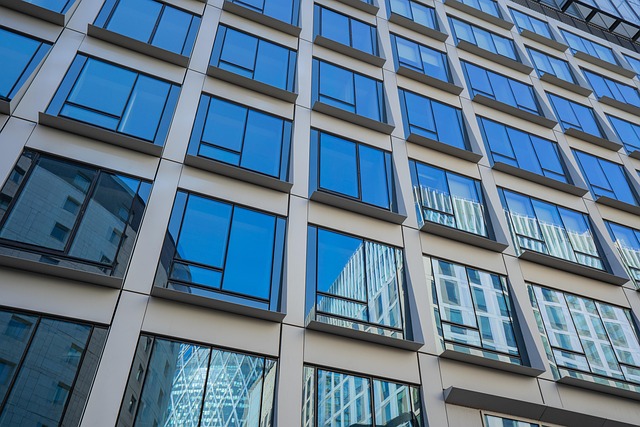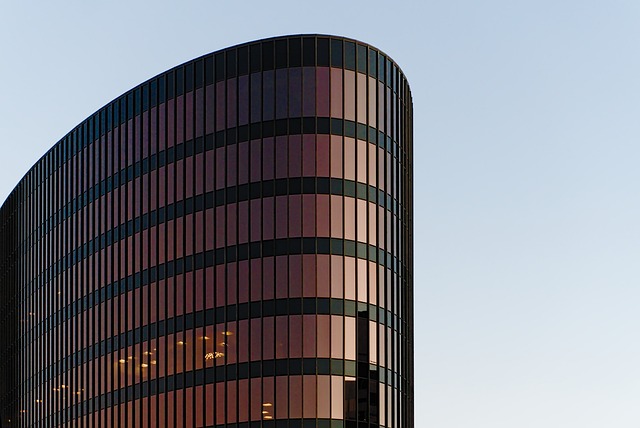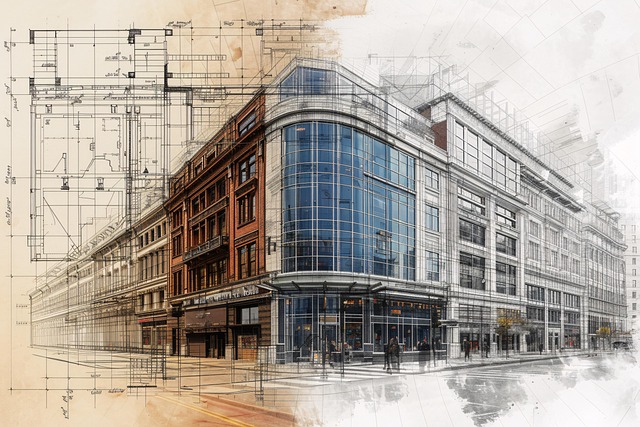Unit heaters play a crucial role in maintaining comfortable environments in commercial and industrial spaces like warehouses, with electric, gas fired, and suspended models offering distinct advantages. Ceiling-mounted forced air heaters are popular for their quick heating and adjustability. Integrating these heaters with building automation systems enhances energy efficiency by providing precise temperature control based on occupancy patterns and environmental conditions, reducing energy waste. Smart unit heaters, featuring IoT technologies and AI algorithms, offer significant cost savings and enhanced comfort through remote monitoring and tailored BTU capacity adjustment. Future trends include advanced automation and popular models like suspended heaters, gas fired units, and ceiling-mounted electric heaters for their flexibility and energy conservation benefits.
In today’s quest for efficient building management, smart unit heaters are emerging as a game-changing component within automation systems. These innovative devices, seamlessly integrated into larger structures, offer precise temperature control and energy optimization. Understanding the fundamentals of unit heaters and their role in automation paves the way to unlocking significant benefits, including enhanced comfort, reduced energy costs, and improved system responsiveness. This article explores these aspects, delving into the key technologies driving integration and future trends shaping smart heating solutions.
- Understanding Unit Heaters and Their Role in Building Automation
- Benefits of Integrating Smart Unit Heaters into Automation Systems
- Key Components and Technologies in Unit Heater-Building Automation Integration
- Implementation Strategies and Future Trends for Smart Heating Solutions
Understanding Unit Heaters and Their Role in Building Automation

Unit heaters play a vital role in building automation, especially in commercial and industrial spaces like warehouses. These heating systems are designed to efficiently control indoor temperatures, ensuring comfort and optimal working conditions. Whether it’s electric heaters, gas fired units, or suspended heaters, each type offers unique advantages tailored to specific needs. Electric heaters, for instance, are popular for their energy efficiency and environmental friendliness, making them ideal for modern commercial buildings. Gas fired units, on the other hand, provide rapid heating and are cost-effective solutions for larger industrial spaces.
In terms of implementation, ceiling-mounted unit heaters with forced air heating are commonly used in warehouse applications due to their versatility and ability to heat vast areas quickly. The BTU capacity of these heaters directly impacts their heating power, ensuring that every corner of the building receives adequate warmth during colder months. Integrating these units with building automation systems allows for precise temperature control, enhancing energy conservation and overall system efficiency.
Benefits of Integrating Smart Unit Heaters into Automation Systems

Integrating smart unit heaters into building automation systems offers a plethora of advantages for both residential and commercial properties. One of the key benefits is enhanced energy efficiency. These intelligent devices can learn occupancy patterns, environmental conditions, and individual user preferences, allowing for precise temperature control. This precision means heating only when and where it’s needed, reducing energy waste and associated costs.
Additionally, automation enables centralized control and monitoring of unit heaters, simplifying building management. Property managers can adjust settings remotely, schedule heating schedules to match occupancy, and even integrate with smart home devices. For industrial spaces like warehouses or commercial buildings, this translates to improved comfort for occupants and optimal BTU capacity utilization, ensuring efficient forced air heating despite the high ceiling-mounted units often required in such applications.
Key Components and Technologies in Unit Heater-Building Automation Integration

The integration of smart unit heaters with building automation systems is a game-changer in commercial and industrial heating. Key components include advanced sensors, internet-connected control modules, and responsive software that work together to optimize heating efficiency across various spaces, from warehouses to industrial facilities. These technologies allow for precise temperature regulation, ensuring every area receives the desired BTU capacity without energy wastage, much like a symphony conducting each instrument to create harmonious music.
The diversity of unit heaters themselves plays a significant role in this integration. Whether it’s gas-fired units offering efficient forced air heating or electric heaters providing quieter, more sustainable alternatives, building automation systems can tailor heating strategies accordingly. Ceiling-mounted suspended heaters, for instance, are ideal for large industrial spaces, while smaller, compact models are suitable for specific zones within a warehouse application. This level of control and adaptability ensures optimal comfort and energy savings in every setting.
Implementation Strategies and Future Trends for Smart Heating Solutions

The integration of smart unit heaters with building automation systems is a strategic move toward efficient and responsive commercial heating solutions. Implementation strategies involve leveraging IoT (Internet of Things) technologies to enable remote monitoring and control, allowing for dynamic adjustments based on real-time occupancy and environmental data. This ensures optimal BTU capacity distribution, enhancing energy efficiency while reducing operational costs in industrial spaces like warehouses.
Future trends in smart heating solutions point towards more sophisticated automation, with AI algorithms predicting thermal needs and adapting forced air heating systems accordingly. Suspended heaters and gas fired units are poised to gain popularity for their flexibility and rapid response times, catering to diverse heating requirements in both commercial and warehouse applications. Ceiling-mounted electric heaters also offer efficient, zone-controlled solutions for industrial spaces, contributing to a greener environment by promoting energy conservation.
The integration of smart unit heaters with building automation systems presents a promising future for efficient heating management. By seamlessly incorporating these advanced heaters, buildings can achieve optimal indoor comfort while reducing energy consumption. The key lies in the technology’s ability to adapt and respond to various environmental factors, ensuring a balanced and sustainable indoor climate. As this innovative approach gains traction, we can expect to see more intelligent, connected spaces that revolutionise heating solutions, making them essential components of modern building automation.
